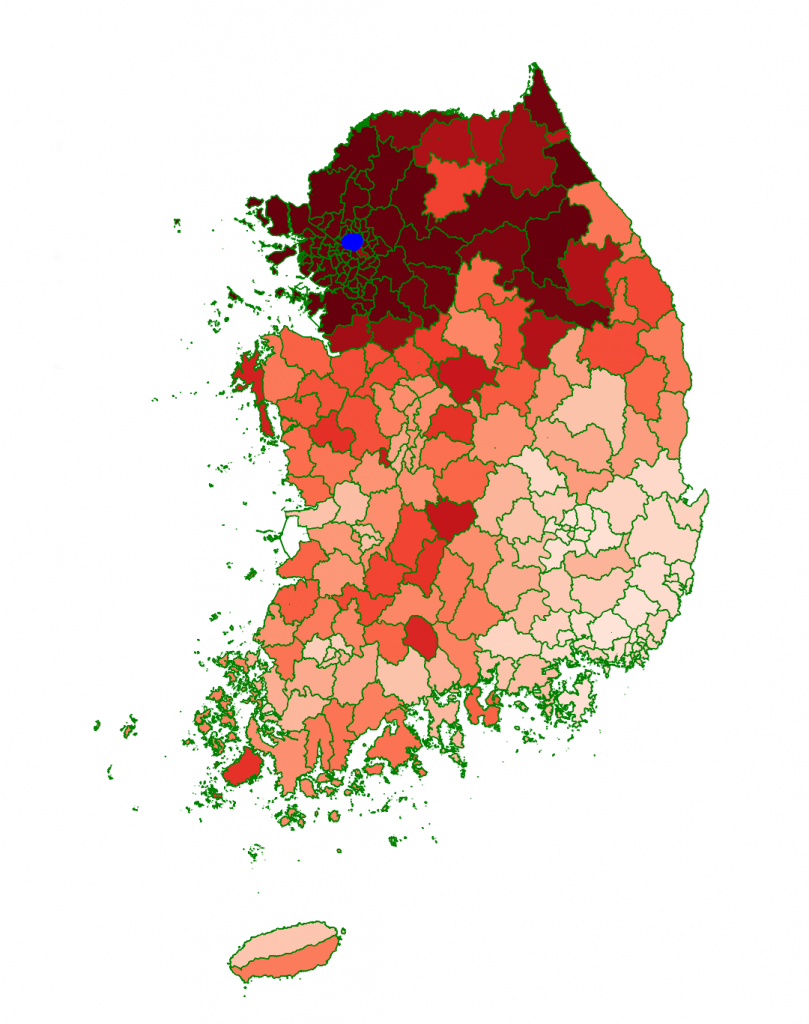Metapopulation modeling method accounts for daily mobility patterns.
From the Journal: Chaos

WASHINGTON, Oct. 14, 2025 — For countless millions across the globe, commuting to work or school is an everyday routine. But during a pandemic, the practice can contribute enormously to the spread of infectious disease, a fact that many traditional metapopulation models often overlook because they are designed primarily for migration and treat people as if they rarely move locally.
In Chaos, by AIP Publishing, a team of researchers from South Korea introduced a Commuter Metapopulation Model (CMPM) to address these limitations and expand the focus to include daily mobility patterns. The model was used to simulate the spread of COVID-19 with actual commuting data provided by the country’s second-largest telecommunication network, revealing it could better capture spatial variety in outbreak patterns, from rapid spread in urban centers to delayed or localized outbreaks in rural areas.
“Unlike traditional models that treat population as a single unit, CMPM follows individuals along their actual commuting routes,” said author Jae Woo Lee. “It uses data from mobile phones to track when people leave their homes, where they go during the day, and when they return at night. This gives scientists a much more realistic map of how diseases spread through everyday human movement.”
In contrast to traditional metapopulation tracking models, the CMPM is designed to reallocate populations based on commuting flows, rather than static regional boundaries, and appears to be much better suited to reflect the real-life nuances of population mobility. For example, the model can track how infections can quickly flare up in large, crowded cities like Seoul and spread to nearby towns connected by commuter traffic, and how more isolated places like Jeju Island are likely to see a much slower spread since fewer people move in and out.
“Traditional models would have missed these crucial differences, predicting a smoother, almost uniform spread that doesn’t match reality,” said Lee.
The researchers hope the enhanced performance of their model underscores the essential role of realistic mobility data in epidemic modeling and that it can help inform the development of targeted intervention strategies that save lives.
“Our daily journeys don’t just define our routines; they also shape the path of a pandemic,” said Lee. “By showing how commuting patterns [with real-time data] shape this path, the CMPM can help governments and health officials design smarter responses. Instead of a one-size-fits-all lockdown, they can focus on high-traffic commuter corridors or protect vulnerable regions with limited connections.”
###
Article Title
Commuter metapopulation models for epidemic spreading in human mobility networks
Authors
Changhee Cho, Okyu Kwon, KyoungEun Lee, and Jae Woo Lee
Author Affiliations
Inha University, National Institute for Mathematical Sciences, Korea Environment Institute
